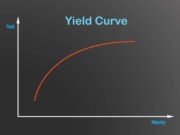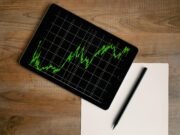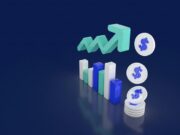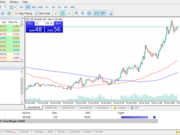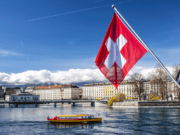Definition
In economics, Kondratiev waves are hypothesized cycle-like phenomena in the modern world economy.
Kondratieff Wave
What is ‘Kondratieff Wave’
A long-term cycle present in capitalist economies that represents long-term, high-growth and low-growth economic periods. This theory was founded by Nikolai D. Kondratieff (also spelled “Kondratiev”), a Communist Russia era economist who noticed an approximately 50-year cycle in European agricultural commodity prices and copper prices. Kondratieff believed that these long cycles were a feature of the economic activity of capitalist nations, and that they involved periods of evolution and self-correction.
Also known as “Kondratiev waves”, “supercylces”, “K-waves”, “surges” or “long waves”.
Explaining ‘Kondratieff Wave’
The K-Wave cycle theory was watched closely 50 years following the market crash of 1929, after which time it was deemed pertinent to economic and political cycles, but not useful when applied as a stock market theory. Kondratieff’s views were disliked by Communist Russia because he supported the idea that capitalist nations experienced cycles and were not necessarily on a path to destruction. As a result, he ended up in a concentration camp in Siberia, where he faced the death penalty in 1938.
What Can We Learn From a Kondratieff Wave?
By understanding how these economic cycles work we can gain insight into upcoming market movements and prepare ourselves accordingly. For example, if we know that we are currently in an Autumn phase then we can expect increased volatility in markets due to rising interest rates and decreasing demand for goods and services from consumers.
By knowing this information ahead of time we can better manage our investments or businesses accordingly by reducing risk where possible or taking advantage of opportunities when they present themselves.
Additionally, we can use this knowledge to gauge potential future outcomes based on current market conditions which allows us better understand longer-term trends before they happen instead of reacting after the fact when it’s too late.
Further Reading
- … analysis of world GDP dynamics: Kondratieff waves, Kuznets swings, Juglar and Kitchin cycles in global economic development, and the 2008–2009 economic crisis – escholarship.org [PDF]
- Global population ageing, the sixth kondratieff wave, and the global financial system – books.google.com [PDF]
- The impact of the financial–economic crisis on sustainability transitions: Financial investment, governance and public discourse – www.sciencedirect.com [PDF]
- Forthcoming Kondratieff wave, Cybernetic Revolution, and global ageing – www.sciencedirect.com [PDF]
- Kondratieff waves in global invention activity (1900–2008) – www.sciencedirect.com [PDF]
- A theory of the general causes of long waves: War, general purpose technologies, and economic change – www.sciencedirect.com [PDF]
- The long waves in economic life – www.jstor.org [PDF]
- The Kondratieff Wave: Has the United States economy entered a long-term downtrend? – journals.sagepub.com [PDF]



